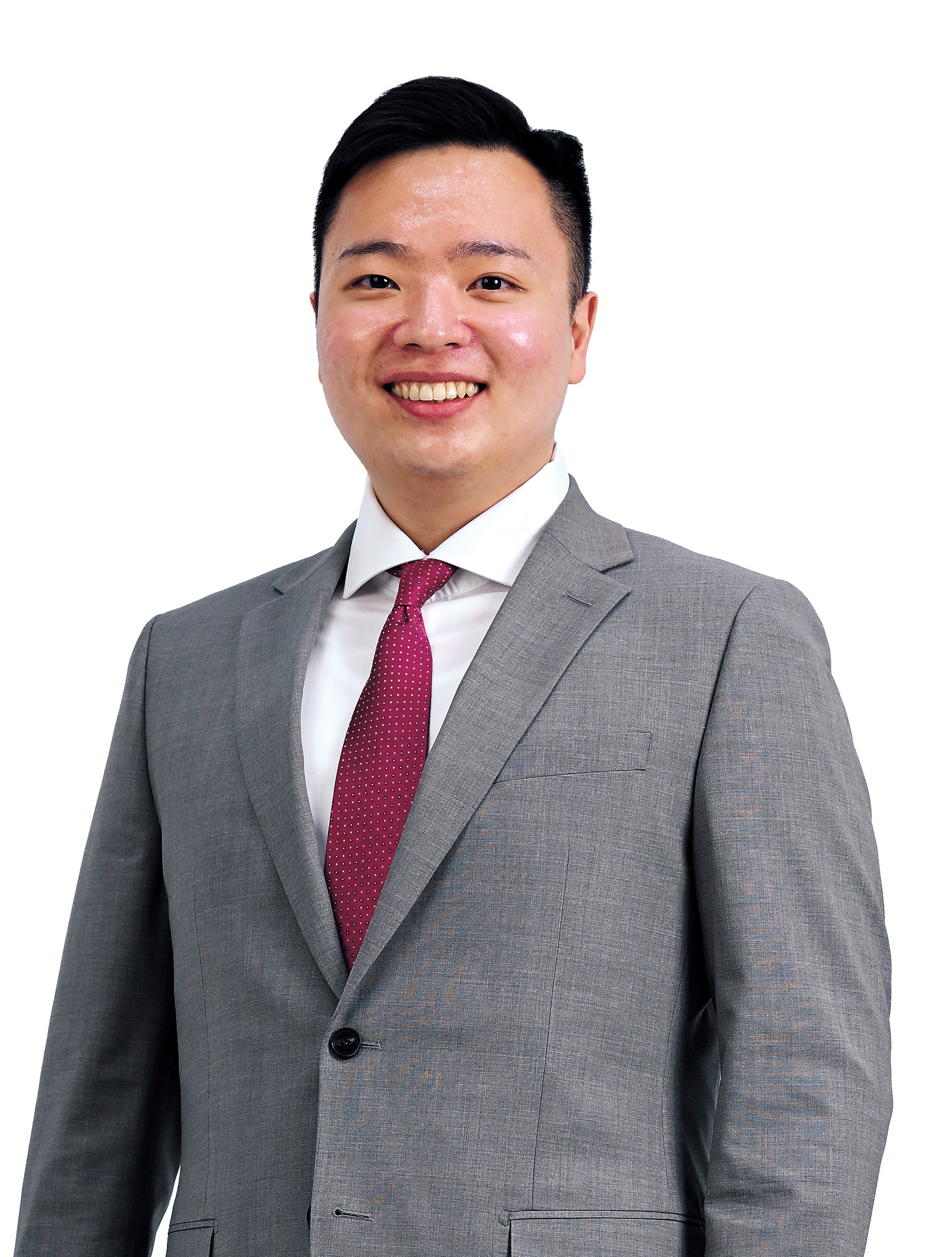[Weekender] Korea's elderly poverty reveals itself in heart of Seoul
Senior citizens flock for 3,000 won gukbap, 200 won coffee, 6,000 won hair cuts as prices soar in Seoul
By Hwang Joo-youngPublished : Dec. 16, 2023 - 16:01

The streets of Nakwon-dong behind Tapgol Park in central Seoul are often referred to as a place for older adults, in particular, those living on limited means.
“Here, a 10,000 won ($7.58) bill is enough to make your day," said Kim, 74, at a small restaurant in Nakwon-dong. "A bowl of hot soup with rice costs only 3,000 won, and you can even get coffee for an additional 200 won. If you want a haircut, it costs only 6,000 won. That's the reason why people like me, who are down to their last penny, keep coming here.”
Kim, who requested to be identified only by his surname, added that except for Sundays when he visits a church for free lunch, he comes to the neighborhood for lunch three or four times a week.

Located near the Jongno 3-ga subway station, the streets of Nakwon-dong are lined with small restaurants selling gukbap at 3,000 won and snacks and alcohol at between 6,000 won and 8,000 won. One bottle of soju or beer is priced at 3,000 won here while it usually costs 5,000 won at most restaurants across Seoul.
Seo Sook-nyeo, an 86-year-old restaurant owner who has been selling gukbap there for 44 years, recalled that she used to sell the hearty dish of soup with rice at 1,000 won in the 1980s.
"When I consider raising the gukbap price in response to soaring costs, I often encounter difficulties in doing so because most customers are elderly people who rely on state pensions," Seo said.
Most of the brick-and-mortar stores in the district are operated by older people or their children. They keep the prices affordable by offering a limited menu, while running even on holidays.

Kwon Young-hee, 77, the owner of the gukbap restaurant Somoonnan House, has been selling only haejangguk -- gukbap usually eaten as a cure for hangovers -- for decades.
“Many customers have suggested, 'Try selling snacks or alcohol,’ or ‘Try adding blood pudding in haejangguk,' but in the end, I decided to keep selling just simple haejangguk,” Kwon said.
To save costs, some places even use briquettes instead of gas -- or a combination of the two -- for cooking, Kwon added.
The relatively low commercial rent compared to other areas in Jongno-gu also adds to the district's affordability. For instance, Nakwon-dong’s average rent is less than half of the rent in Insa-dong, a neighborhood just one block away, which ranges from 5 million to 8 million won per month.
“On average, rent for a store of approximately 50 square meters on the first floor in Nakwon-dong costs between 2 million and 2.4 million won per month,” said Park Kwang-taek, who runs a real estate office in Nakwon-dong.
Park explained that during the COVID-19 pandemic, average rents in commercial districts across Seoul have risen but Nakwon-dong has been spared.
The affordable prices attract many visitors to the area.
The average daily foot traffic in Nakwon-dong increased from 56,024 people in January to 83,883 in September this year, according to the Small Enterprise and Market Service under the Ministry of SMEs and Startups. The largest proportion of daily visitors in September comprised individuals aged 60 and older, accounting for 24 percent of the total foot traffic.
The influx of visitors has also helped keep restaurants running.
In a separate report by market tracker Korea Credit Data, the average credit card transactions at Nakwon-dong restaurants and bars were 40,000 won per payment in October and November, half the 80,000 won average in Sinsa-dong, an affluent neighborhood in southern Seoul. Despite the huge discrepancy, the average monthly sales per restaurant showed a smaller gap – 26.6 million won for Nakwon-dong and 31 million won for Sinsa-dong.
"Seeking out restaurants that provide limited and simple menus cannot be considered a voluntary choice," said Lee Joo-hee, a social science professor at Ewha Womans University, adding "Nakwon-dong reflects a facet of the elderly poverty issue in Korea."
According to a 2021 report from the Organization for Economic Cooperation and Development, South Korea recorded the highest elderly poverty rate among the OECD member countries.

Nakwon-dong has also drawn those in their 20s or 30s thanks to posts and video clips on social media with titles like, "Enjoy five rounds of snacks with 10,000 won in Nakwon-dong."
"Young people in their 20s or 30s, who tend to respond to prices sensitively, may visit Nakwon-dong for the same reasons as the elderly people," Lee explained.
Hwang Min-seok, 25, who attends an English language hagwon near Nakwon-dong, said, "If you have lunch at Insa-dong or near Jonggak Station, which is close to the hagwon, you usually have to spend 8,000 won to 10,000 won, but it costs less here (Nakwon-dong).”
“I know the Nakwon-dong streets are not as clean as other places in Jongno-gu but I often come here with friends for lunch when I have only pennies in my pocket,” he added.





![[Herald Interview] How Gopizza got big in India](http://res.heraldm.com/phpwas/restmb_idxmake.php?idx=644&simg=/content/image/2024/11/20/20241120050057_0.jpg&u=20241120164556)

![[KH Explains] Dissecting Hyundai Motor's lobbying in US](http://res.heraldm.com/phpwas/restmb_idxmake.php?idx=644&simg=/content/image/2024/11/20/20241120050034_0.jpg&u=)

![[Kim Seong-kon] Farewell to the vanishing John Wayne era](http://res.heraldm.com/phpwas/restmb_idxmake.php?idx=644&simg=/content/image/2024/11/19/20241119050096_0.jpg&u=)
![[Graphic News] 70% of S. Koreans believe couples can live together without tying the knot: survey](http://res.heraldm.com/phpwas/restmb_idxmake.php?idx=644&simg=/content/image/2024/11/19/20241119050098_0.gif&u=)







![[Today’s K-pop] Blackpink’s Jennie, Lisa invited to Coachella as solo acts](http://res.heraldm.com/phpwas/restmb_idxmake.php?idx=642&simg=/content/image/2024/11/21/20241121050099_0.jpg&u=20241121172748)